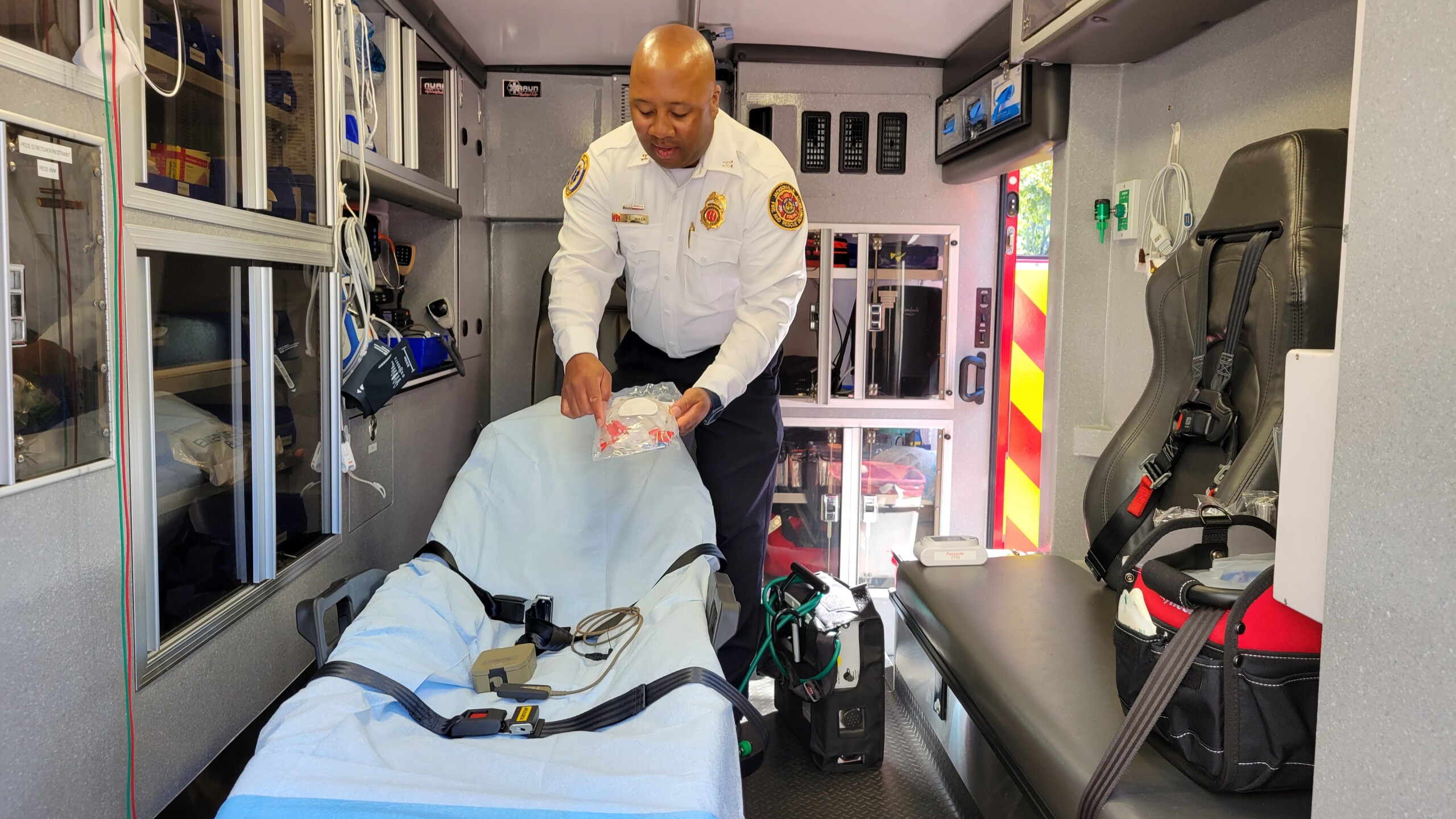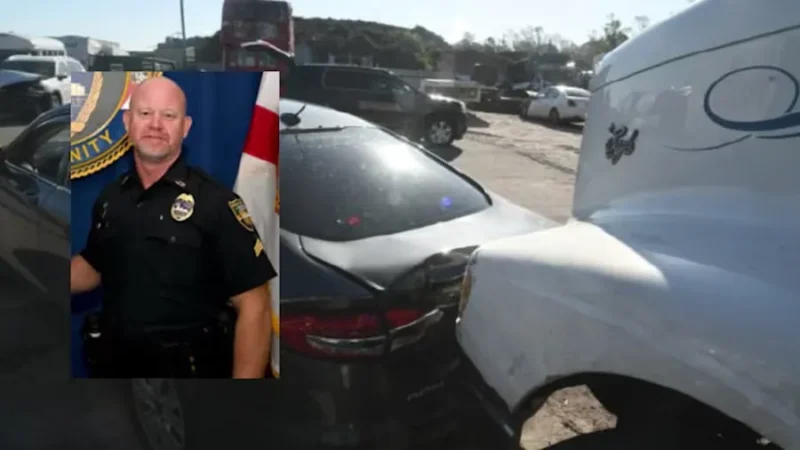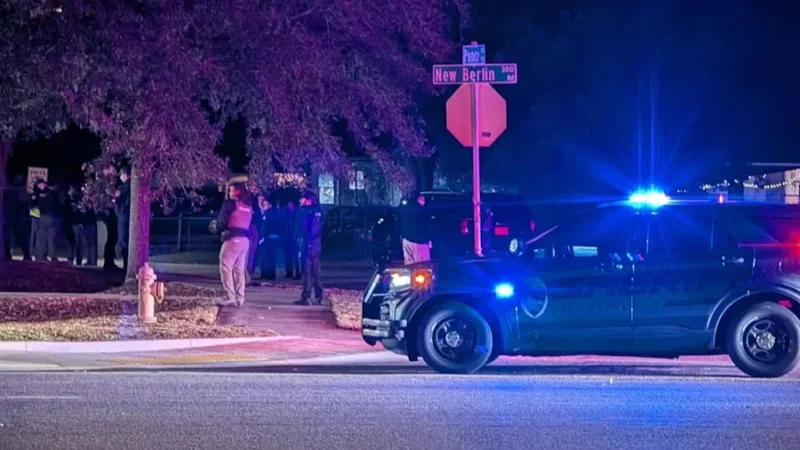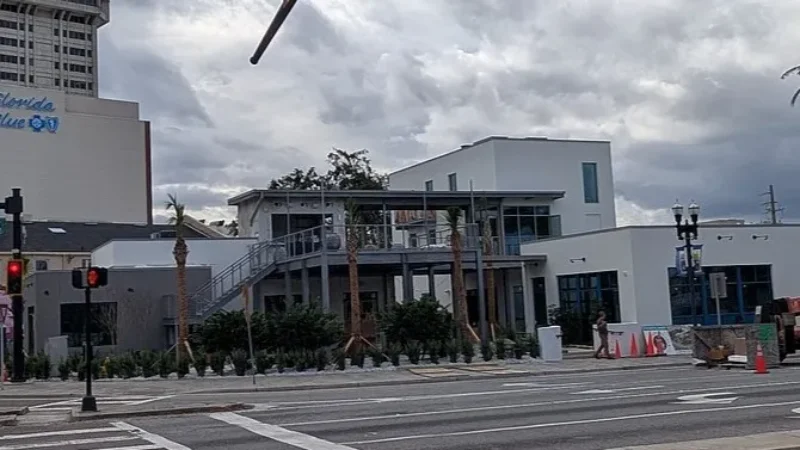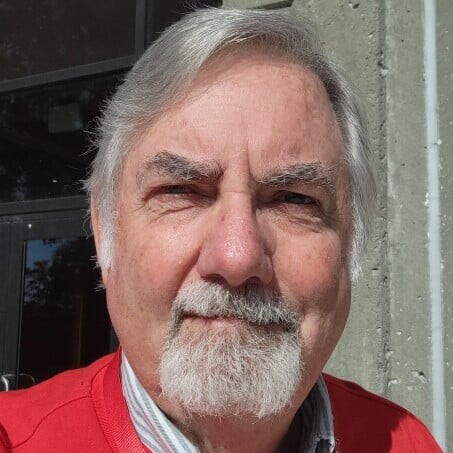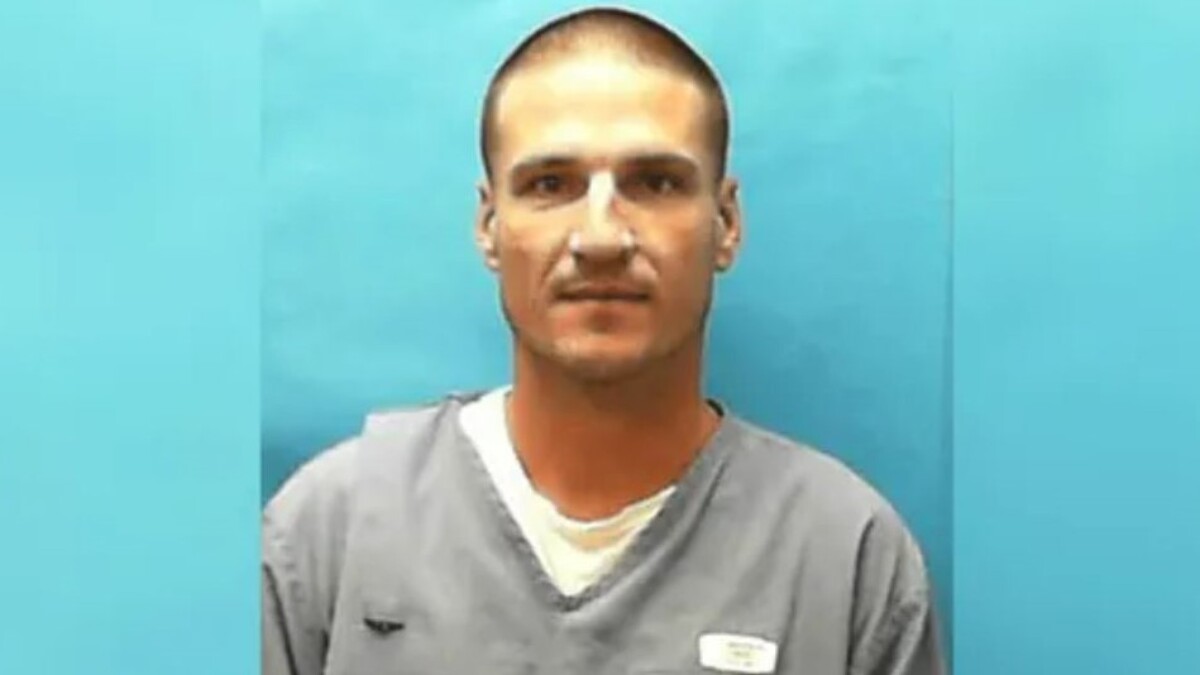The first of more planned advanced Critical Care Rescue Units are operating on Jacksonville’s streets now, funded from Jacksonville’s 2023 budget.
Along with the usual advanced life-saving equipment when someone is injured in a fire, crash or other incident, the Jacksonville Fire and Rescue Department’s two new rescue units also carry high-level critical care medications like blood clot stabilizers and drugs to lower rapid heart rates.
It also is the first time that blood and plasma for transfusions has been carried by paramedics, all specially trained to handle them as well as a ventilator, IV pump and other life-saving gear at a trauma scene or en route to a hospital.
The new rescue units will be sent out to incidents where that added gear and paramedic training is really needed to save a life, Fire Chief Keith Powers said. They started running on Saturday, one housed at Fire Station 32 at 8140 Lenox Ave. on the Westside, the other at Station 63 at 6530 Gate Parkway on the Southside.
They may be the first in use by any Florida city, one stationed now on each side of the river, Powers said.
“It’s a wonderful thing for the citizens and has already proven its worth in a couple of days, saving lives,” Powers said. “These units will be automatically dispatched along with the closest rescue units and the closest advanced life support fire engine or ladder truck.”

For example, the new rescue units can deliver heated plasma to a patient with internal bleeding, and they have the high-level intubation equipment needed for someone who can’t breathe, along with the more specialized medicines, said Bradley Elias, the fire department’s medical director.
“When this patient is in critical condition, they need additional medications,” Elias said. “Our routine field units do a very good job stabilizing, but now these specified units will be able to provide that added benefit and hopefully stabilize the patient even more so by the time they get to the hospital.”
The two units have already been busy, officials said.
One was used on Monday for someone with a rapid heart rate, the other early Tuesday to help a patient with pneumonia.
Each of the city’s newest basic rescue units cost $350,000, plus another $80,000 in advanced life-saving equipment. These two critical care units received an additional $25,000 each in special equipment, as their crews spent a month being trained in the advanced medical care they provide with them, Powers said.
“It’s a small project right now; two units,” Elias said. “Ideally, we will expand this project outward to have additional units with these capabilities. We wanted to start slow and have a controlled environment where we have all these personnel adequately trained.”
9(MDEwNzczMDA2MDEzNTg3ODA1MTAzZjYxNg004))


